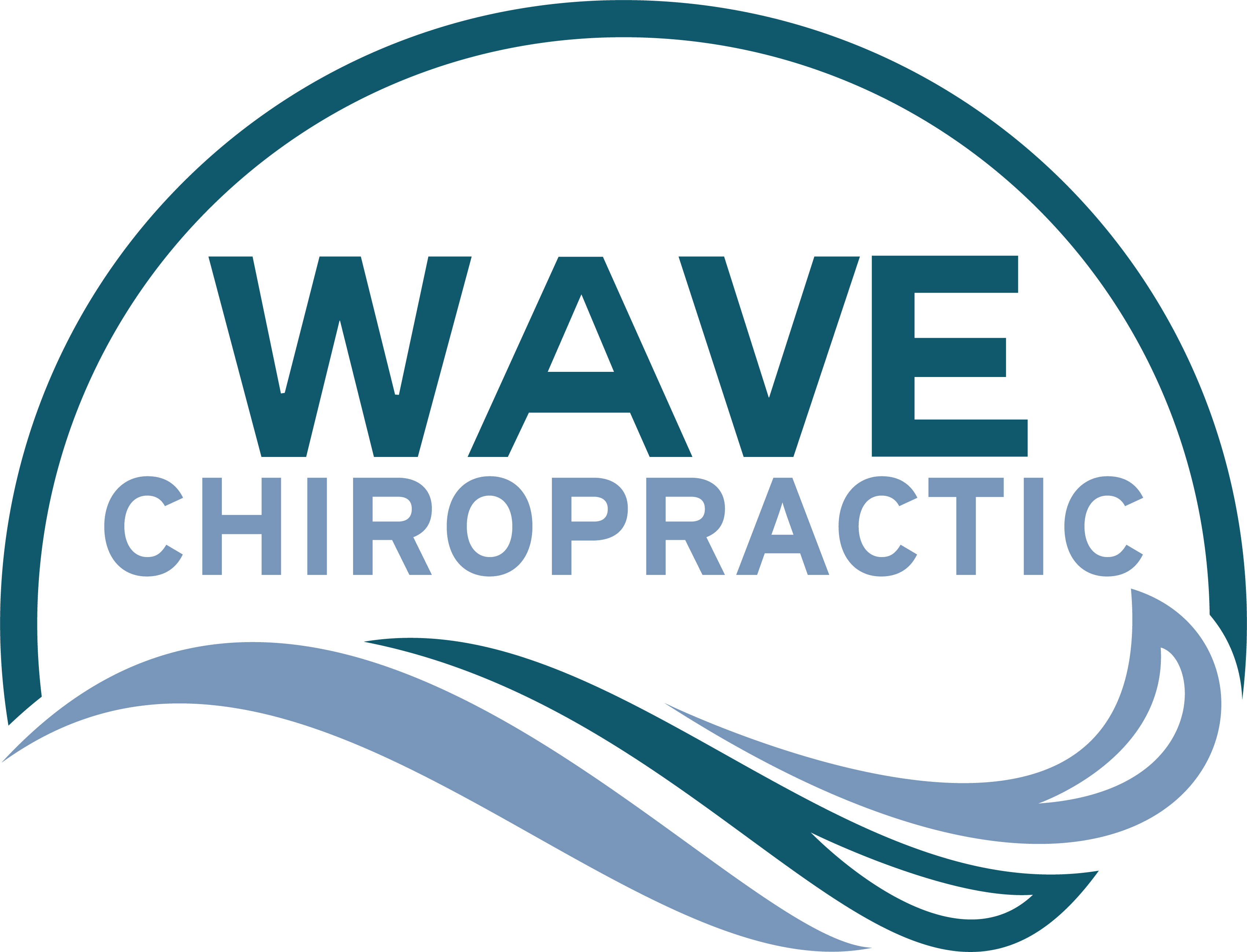If you're dealing with persistent back pain, you might be considering chiropractic care as a solution. Understanding your condition is the first step, as it helps tailor your treatment effectively. Once you know what you're up against, finding the right chiropractor is essential for your recovery. Regular adjustments can play a significant role in enhancing your mobility, but that's just the beginning. Proper posture and targeted home exercises can further support your healing journey. Curious about how these elements come together to create an all-encompassing back pain relief strategy? Let's explore the details.
Understand Your Condition
Understanding your back pain is essential for finding effective relief. You need to identify the type of pain you're experiencing, whether it's sharp, dull, or throbbing. This can help pinpoint the problem. If your pain's sudden and severe, it might indicate an injury or strain. On the other hand, chronic pain that lingers for weeks or months can suggest underlying issues like herniated discs or arthritis.
Next, consider the location of your pain. Is it in your lower back, upper back, or radiating down your legs? This information can be vital in understanding your condition. Pain that travels down your leg often points to nerve compression, while localized pain might stem from muscle strain or issues with spinal alignment.
Pay attention to any accompanying symptoms. Are you experiencing numbness, tingling, or weakness in your limbs? These signs can help you and your healthcare provider determine the severity of your condition and the best approach for treatment.
Don't forget to reflect on your daily activities. Your posture, the way you lift objects, and even your sleeping habits can contribute to back pain. By recognizing these patterns, you can make necessary adjustments to prevent further aggravation.
Finally, keep track of when your pain worsens or improves. This information can be invaluable for your care plan. Understanding your condition isn't just about identifying pain; it's about gaining insight into the factors that contribute to it, empowering you to seek targeted relief.
Choose the Right Chiropractor
Finding the right chiropractor can make a significant difference in your journey to back pain relief. It's important to take the time to research and consider your options carefully. Start by asking for recommendations from friends, family, or your primary care physician. Personal referrals often lead you to trustworthy practitioners who've successfully helped others.
Next, check the chiropractor's credentials. Confirm they're licensed and have the necessary training to treat your specific condition. You can often find this information on their website or through state licensing boards.
Read online reviews and testimonials to gauge other patients' experiences. Look for feedback regarding their treatment style, effectiveness, and overall patient care.
It's also vital to find a chiropractor whose treatment philosophy aligns with your preferences. Some practitioners focus on hands-on adjustments, while others may incorporate additional therapies, like massage or physical therapy. Think about what type of approach you're most comfortable with and what you believe will work best for you.
Don't hesitate to schedule an initial consultation. This visit allows you to discuss your symptoms and treatment options while evaluating the chiropractor's communication style. You should feel comfortable asking questions and expressing any concerns.
Trust your instincts—if something feels off, it's okay to keep searching.
Choosing the right chiropractor is a key step in your healing process, so take the time to find a professional who meets your needs and helps you regain a pain-free life.
Incorporate Regular Adjustments
Incorporating regular adjustments into your routine can greatly enhance your back pain relief efforts. When you make chiropractic adjustments a part of your life, you can experience significant improvements in mobility, pain reduction, and overall well-being. These adjustments help realign your spine and improve your body's function, allowing you to engage in daily activities with less discomfort.
Visiting your chiropractor consistently can also prevent future issues. Often, people wait until pain becomes unbearable before seeking help. However, proactive adjustments can address underlying problems before they escalate. By establishing a schedule with your chiropractor, you can create a personalized treatment plan that suits your specific needs and lifestyle.
You might also consider how often you should get adjusted. While some individuals benefit from weekly visits, others may find relief with bi-weekly or monthly appointments. The key is to listen to your body and work with your chiropractor to determine the best frequency for your situation.
Additionally, don't underestimate the importance of communication during these visits. Share your symptoms, any changes in your condition, and how adjustments are affecting your pain levels. This feedback will help your chiropractor tailor their approach, ensuring you get the most benefit from each session.
Ultimately, regular adjustments can be a crucial component in your journey toward back pain relief. By prioritizing your chiropractic care, you're taking an essential step toward a healthier and more active lifestyle.
Practice Proper Posture
Maintaining proper posture is vital for preventing and alleviating back pain. When you sit, stand, or move, your body alignment plays an important role in how your back feels. You mightn't realize it, but slouching or leaning can put unnecessary strain on your spine, leading to discomfort. To avoid this, be mindful of your posture throughout the day.
When sitting, keep your feet flat on the floor and your knees at a right angle. Your back should be supported by a chair that encourages an upright position. Avoid crossing your legs, as this can throw your spine out of alignment. If you're working at a desk, consider using an ergonomic chair and adjusting your workstation to guarantee your monitor is at eye level.
When standing, distribute your weight evenly on both feet. Keep your shoulders back and head aligned with your spine. If you must lift something heavy, bend at the hips and knees, not at your waist, to prevent putting excess strain on your lower back.
Even while walking, maintaining good posture can make a significant difference. Keep your chin up, shoulders relaxed, and engage your core muscles to support your back.
Complement With Home Exercises
Complementing your daily routine with targeted home exercises can greatly enhance back pain relief. These exercises focus on strengthening your core, improving flexibility, and promoting better spinal alignment. By incorporating them into your schedule, you can support the work your chiropractor is doing and help prevent future discomfort.
Start with gentle stretches, such as the cat-cow stretch or child's pose, which can help to increase flexibility and relieve tension in your back. Aim to hold each position for at least 20-30 seconds, breathing deeply to relax your muscles.
Strengthening your core is essential, as a strong core helps to stabilize your spine. Consider exercises like planks, bridges, or pelvic tilts to engage those deep abdominal muscles.
Don't forget about your hamstrings and hip flexors! Tightness in these areas can contribute to back pain. Incorporate stretches like standing hamstring stretches or lunges to maintain flexibility in your legs and hips.
Be consistent with your routine, aiming for at least three to four sessions a week. Start slow, focusing on form rather than intensity, and gradually increase the difficulty as your strength improves.
Listen to your body; if something feels wrong, modify the exercise or consult your chiropractor.
Combining these home exercises with the chiropractic treatment you receive can create a holistic approach to managing your back pain effectively. Remember, it's not just about relief—it's about building a stronger, healthier back for the long term.
Conclusion
To summarize, finding relief from back pain through chiropractic care is achievable by following these tips. By understanding your condition and choosing the right chiropractor, you can tailor your treatment effectively. Regular adjustments, combined with good posture and targeted home exercises, can greatly enhance your recovery. Remember, taking these proactive steps not only helps alleviate pain but also promotes long-term spine health. So, start your journey toward a pain-free back today!

